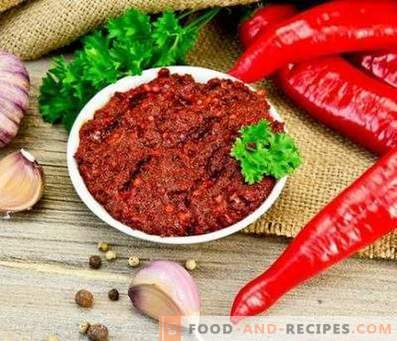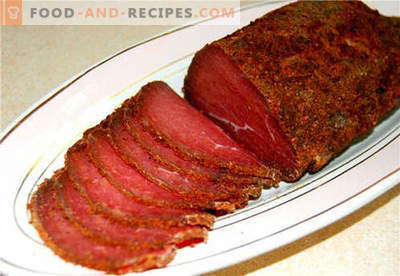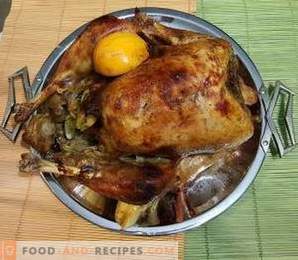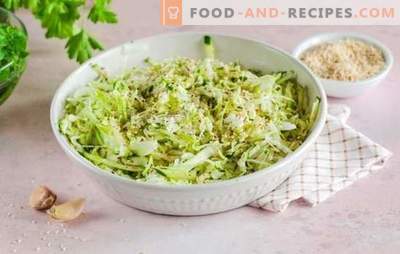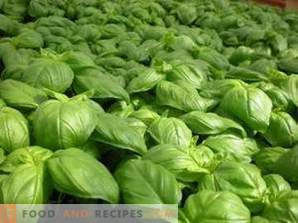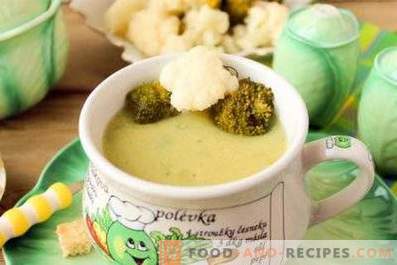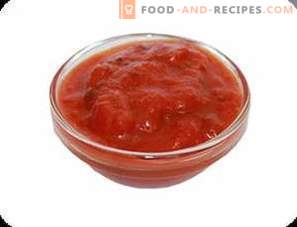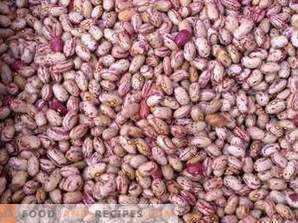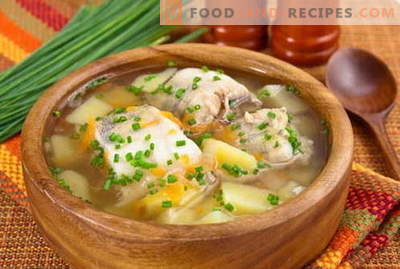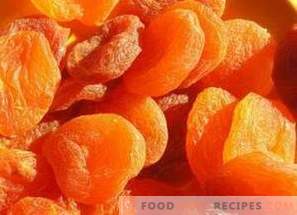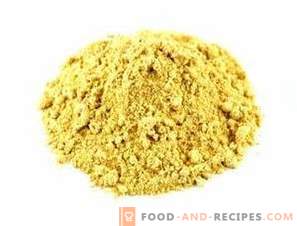
What kind of seasoning is not in the world! And if some spices are known almost all over the world, others are used only in a small region.
So this mysterious seasoning, like the chaman, is puzzling to many: they say, how did they not hear anything about it ?! And curiosity arises: what kind of weed is this?
But the inhabitants of the Middle East, Iran, Iraq, India long ago used this spice as food, giving the dishes a savory taste and an incomparable aroma.
But this plant has another name. This is fenugreek. In addition, it is called fenugrek, as well as Shambala. Apparently, given its growth near Tibet.
Fenugreek (Chaman) is an annual legume plant. If you sow it, it grows well - if only the soil was fertile, and the watering was carried out according to the schedule.
During flowering, fenugreek is covered with yellow flowers, which soon turn into pods filled with almost square-shaped solid seeds. They are so hard that it costs a lot of effort to grind them - it is in the ground form that they are used as food.
Fenugreek gained great popularity in India. Hindus in their homeland are called fenugrek or shambala, so there is a slight confusion in the names.
But it is necessary to clarify that fenugreek hay is used in India. It has a bitter taste and a slightly pronounced peculiar smell, which is fully revealed only during heat treatment. By the way, this flavor is not liked by many Europeans, far from oriental cuisine. But in America, fenugreek seeds are added to rum for flavoring. But Indian women do not interfere with the bitter taste of Shambhala to eat its seeds with palm sugar, while they assert that such a food strengthens the back, muscles, and also increases lactation after giving birth.
Fenugreek (Chaman) in Indian Cuisine
Indians use this spice very actively. It is one of the components of the spicy mixture of garam masala, as well as curry and punch masala.
Despite the bitter taste and odor unusual to others, fenugreek hay in the form of a hammer put in vegetable and leguminous dishes.
It can be found in meat dishes.
Its seeds are added to marinades and sauces.
Fenugreek hay used to flavor bread. Some connoisseurs of this spice believe that it has a slightly nutty smell. While others claim that chopped fenugreek tastes like raw peas.
Shambhala goes well with all the spicy plants that are added to oriental dishes. These are cardamom, coriander, paprika, cumin, cumin, cloves, nutmeg, mint.
But since fenugreek hay has a very sharp taste, it is put into dishes in small quantities.
Fenugreek seeds before grinding, lightly fried in a dry frying pan, thereby improving its taste. But if you overcook it, it becomes very bitter. And therefore in the process of cooking it is impossible to increase the norm of the bookmark or the time of heat treatment.
Fenugreek (Chaman) in Caucasian cuisine
Fenugreek is popular not only in the countries of the Middle East. This spice is in demand among the inhabitants of the Caucasus, but here fenugreek is called “chaman”. It is used in dishes as an independent spice, and in combination with other spices, taking into account national traditions, as well as preferring those herbs that grow in their area.
Chaman goes well with coriander, dill, parsley, bay leaf, chili pepper, paprika. It's no wonder that it is added to the Georgian spicy blend of hops-suneli.
And here again there is confusion. The fact is that in addition to hops-suneli in these parts there is another spice - utsho-suneli. But if hops-suneli consists of thirteen spices, then utsho-suneli is just one spicy plant, ground into powder. And this is fenugreek, but of a different kind.
For utsho-suneli use fenugreek blue. It blooms with blue flowers and differs from fenugreek hay with a milder taste and a less pungent smell.
So it turns out that the chaman is fenugreek (hay). Utsho-suneli is also fenugreek (blue). But the chaman is not utsho-suneli, as many people think, but two different spices, albeit very similar. What unites them?
Both that and other spice can be a part of seasoning hops-suneli. But fenugreek hay gives this mixture a bitter and sharp taste. A fenugreek blue (utsho-suneli) makes the mixture taste soft and unsharp.
Chaman is used to flavor soups, especially peas and beans.
It is added to many meat and fish dishes.
Chaman is a good thickener, so it is put in many sauces that are well suited to beef and mutton.
But the most famous dish using chaman is basturma (jerky). In this recipe, chaman is added to a special dough consisting of a mixture of herbs and spices, which is also called “chaman”.
To do this, take 900 g of ground fenugreek seeds and red pepper mixed with paprika, 450 g of minced garlic, 2 tsp. Of black and allspice, 2 tsp of spirits and some water.
Fenugreek is mixed with a small amount of warm water, then the remaining spices are added and stirred to make a slurry. Salted meat is greased with this mixture. After two weeks of aging in limbo, the meat is covered with a kind of spicy “shell” and stored in this form. Of course, if it is not eaten before.
To prepare the seasoning for flavoring dishes, it is enough to mix black and red peppers with fenugreek and coriander and grind in a coffee grinder. This seasoning is added to taste in any dish.
Useful Information
- Chaman has anti-sclerotic and anti-inflammatory effects.
- Fenugreek decoction is recommended to be used for inflammatory processes in the intestines and ulcers.
- It improves the bowels, reduces colic.
- Tea with fenugreek helps to cope with a cold.
- Eating a chaman in food strengthens the immune system.

